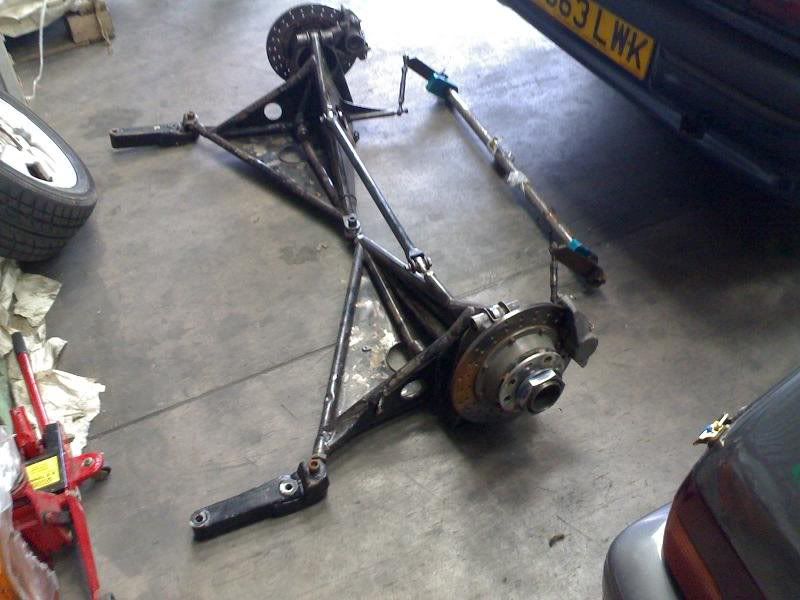Madssc
Automotive
- Nov 15, 2009
- 2
Hi Guys,
I am having a bit of hard time getting my self arround this type of rear suspension.
I can see that roll center location must be defined by the link on top og the triangles and then the angle of these like if it was a lower wishbone, but i find it hard to see which pickup points to combine in order to visualize it.
Does this kind of suspension has a name, I know it was used on older touring cars and the same is used on newer race cars as well, but i really need someone to explain it to me.
Thank you very much!

I am having a bit of hard time getting my self arround this type of rear suspension.
I can see that roll center location must be defined by the link on top og the triangles and then the angle of these like if it was a lower wishbone, but i find it hard to see which pickup points to combine in order to visualize it.
Does this kind of suspension has a name, I know it was used on older touring cars and the same is used on newer race cars as well, but i really need someone to explain it to me.
Thank you very much!

